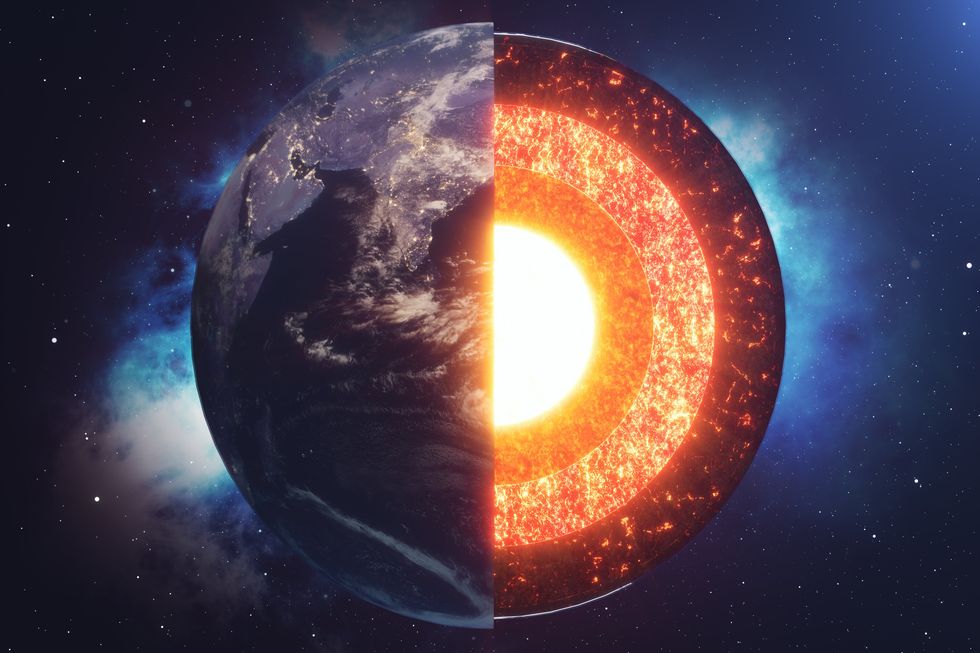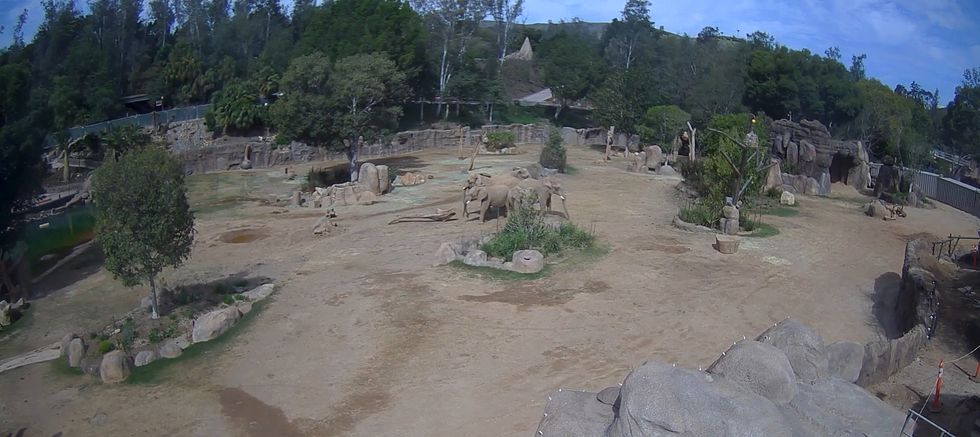Gregory Robinson
Feb 14, 2025
Could an asteroid strike Earth in 2032?
Fox - 5 NY / VideoElephant
Deep underground forces appear to be pulling Earth's inner core out of shape.
Now this may sound like the plot of a sci-fi blockbuster involving a secret army below the ground, but that is not the case. However, this recent discovery by scientists is just as fascinating.
A study of seismic waves suggests our planet’s solid inner core is being pulled out of shape and it only took around 20 years for this change to happen.
Models and seismic measurements have suggested Earth’s inner core, which is made of iron and nickel, moves at its own pace. Rotation of the inner core increases and slows down relative to the rest of Earth, which impacts things such as the length of a day.
Magnetic forces generated by convection in Earth’s liquid outer core mainly cause the changes in rotation, says John Vidale, a professor at the University of Southern California, who specialises in earthquakes, Earth structure, and volcanoes. Those magnetic forces could change the shape of the inner core in addition to its rotation, although uncertainty about the core’s rotation made differentiating between a change in rotation and a change in shape challenging.
So along with his colleagues, he analysed seismic waves generated by 128 earthquakes off the coast of South America between 1991 and 2023.

Researchers pinpointed 168 pairs of seismic waves that passed through, or close to the same area of the inner core years apart.
The waves in each pair that didn’t pass through the inner core exhibited a similar pattern, implying no changes had occurred in those regions of the planet between the first and second quake.
However, the waves in the pairs that did pass through the inner core were different, suggesting that something in the core had changed in a way that couldn't be explained by variations in rotation.
This suggests the inner core slows down and speeds up over decades in addition to changing shape, according to the researchers.
The team said the findings also suggest that these changes are likely caused by convection in the outer core, which pulls magnetically on the less viscous edge of the solid inner core, or perhaps by interactions between Earth’s inner core and structures its lower mantle, the layer situated between the Earth's core and crust.
These differences could also be due to unrelated changes in the outer core, convection within Earth’s inner core itself, or perhaps eruptions of melted material from the inner core.
The study was published in February 2025 by Nature. You can read it here.
As we learn more about what's going on beneath our feet, an asteroid is predicted to impact Earth in 2032 and it could wipe out a city. Meanwhile, letters uncovered from Sir Isaac Newton 300 years ago could tell us more about Earth's future.
How to join the indy100's free WhatsApp channel
Sign up for our free Indy100 weekly newsletter
Have your say in our news democracy. Click the upvote icon at the top of the page to help raise this article through the indy100 rankings.
Top 100
The Conversation (0)














